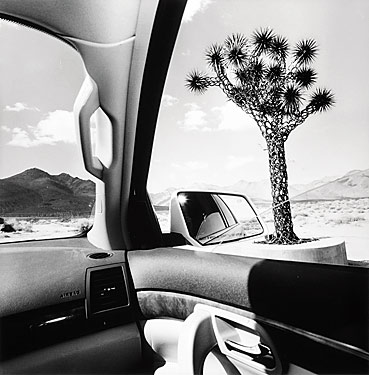HAWAII. The worlds of art and finance have been inextricably linked since the ancient world though the phenomenon is most strongly associated with the golden age of art patronage in pre-modern medieval and Renaissance Europe. Wealthy royals, aristocrats and merchants not only financed the arts but also played an important role in shaping the form and subject matter of the art they sponsored. Fast forward several centuries and the seemingly polar opposite worlds of art and finance continue to inform each other -- though with the recent explosion of prices for blue-chip works, the rise of art funds and art securitization, the establishment of two art exchanges and the use of art as collateral for finance, it is the financial market that is mostly impacting the art market rather than vice versa.
Following several posts concerning art finance and in light of the ongoing "Occupy Wall Street" protests, it seemed only fitting to publish the works of the artist Jodi Endicott whose "Stock Market Series" was inspired by the bear and bull markets of downtown Manhattan. Here are some of my personal favorites among the series and some brief words from the artist herself.
Following several posts concerning art finance and in light of the ongoing "Occupy Wall Street" protests, it seemed only fitting to publish the works of the artist Jodi Endicott whose "Stock Market Series" was inspired by the bear and bull markets of downtown Manhattan. Here are some of my personal favorites among the series and some brief words from the artist herself.
"In 1996, the year I received an MFA, my artwork and the financial world merged. I saw the stock market as a metaphor for life's universal emotions - those of faith, hope, despair and greed. As a result, I began to pain the symbols of the market... the bears, the bulls, the traders." (Jodi Endicott)
 |
| "Bear and Bull 2011" (mixed media work of found objects recently exhibited at ArtPrize in Grand Rapids). "When you look at this painting, several things may resonate such as how the universal emotions in the market mimic those in life. How the bear and bull, good and bad, ying and yang are all about finding balance. And how much depends on whether one sees the glass half-empty or half-full." "Eventually my art work took a completely different turn; a direction that I thought was unrelated to the stock market. I created a series of highly-energetic and emotive water paintings, only to later realize that these paintings captured the market's tumultuous movements prior to the impending crash. First convergence. Finally the downturn impacted the world." " The Color of Money" "I have seen how the market can separate and encompass us... just as the oceans that surround us are in constant change." "The Scream" To find out more about the artist, check out "The Creativity Salon" as this week they visit Jodi at her studio in O'ahu to offer "a glimpse into the life of a well-known working artist." The interview discusses questions such as how does an artist know when a work is finished and what is the intersection between art and commentary. http://www.youtube.com/watch?v=C0HY3h0tfEs&noredirect=1 |







